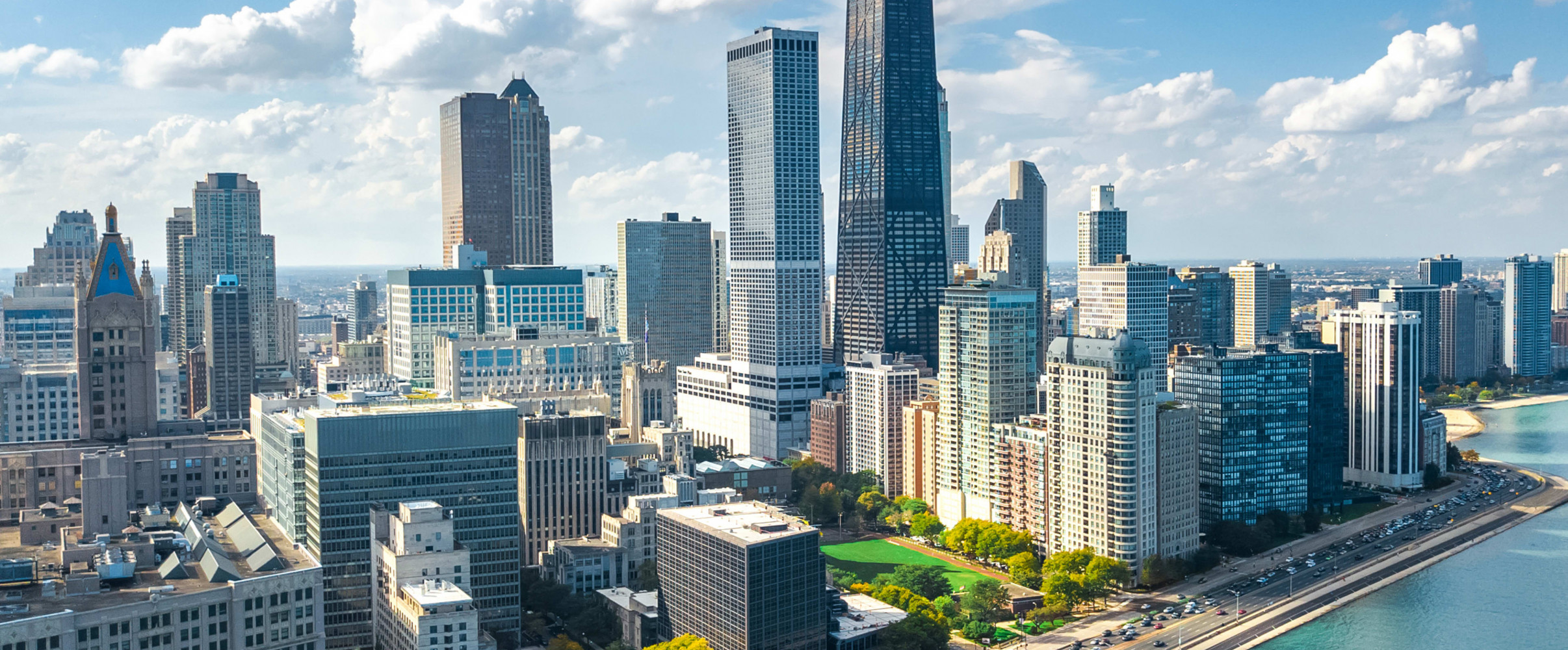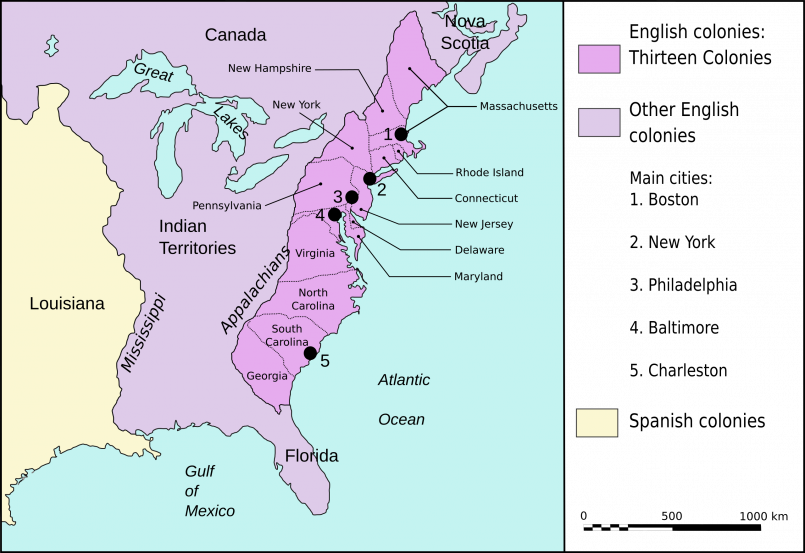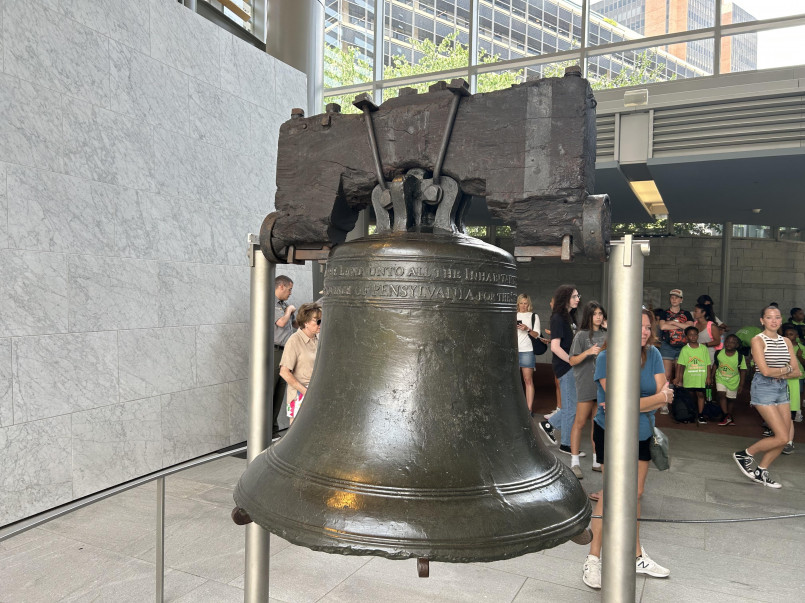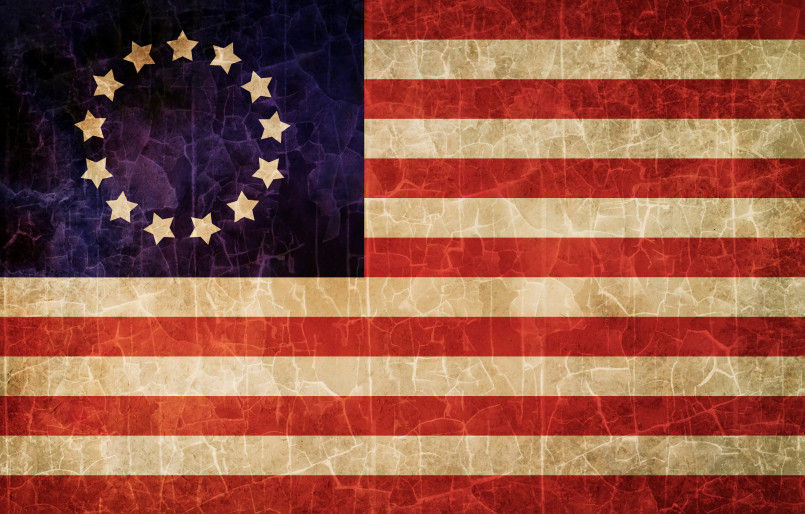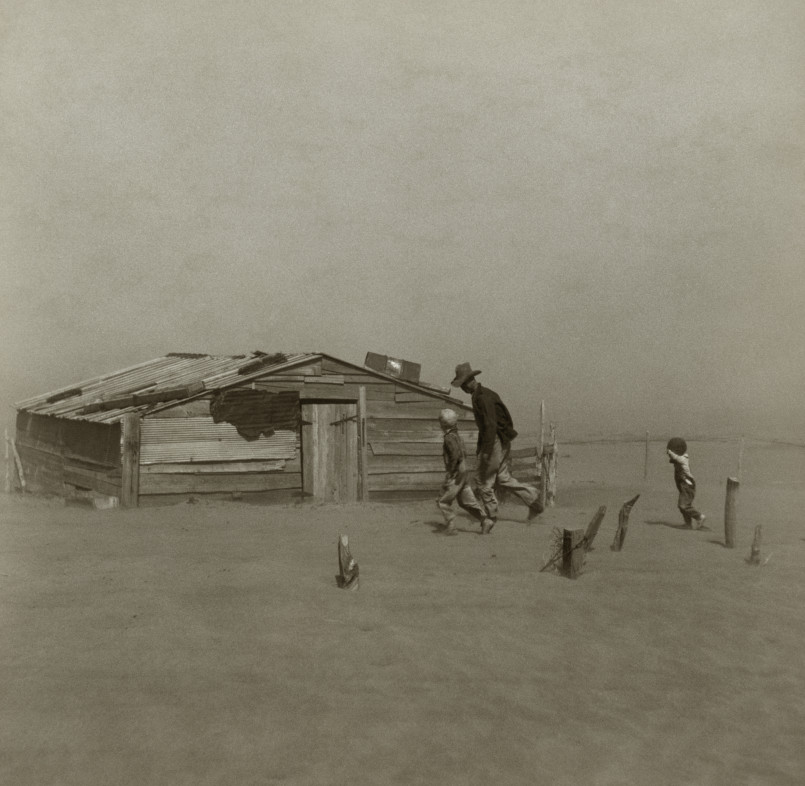America's cities showcase some of the world's most innovative and diverse architectural styles. From the soaring skyscrapers of Chicago to the Art Deco treasures of Miami and the blend of historical and modern designs in Boston, these urban landscapes tell the story of American ambition, creativity, and cultural evolution.
The United States boasts some of the most diverse and innovative architectural landscapes in the world. From towering skyscrapers to historic districts, American cities showcase an impressive range of design philosophies that reflect the nation's evolving identity and ambition. Each city has its own architectural signature, telling stories of cultural heritage, economic booms, technological innovation, and artistic vision.
These architectural masterpieces aren't just buildings - they're testaments to American creativity and engineering prowess that have influenced global design trends for generations. Let's explore ten American cities where architecture isn't just functional, but truly extraordinary.
Chicago: Birthplace of Skyscrapers
Chicago earned its reputation as the birthplace of modern skyscrapers following the Great Chicago Fire of 1871. This catastrophe cleared the way for architectural innovation, giving rise to the famous Chicago School of architecture. The city pioneered steel-frame construction techniques that made tall buildings possible.
The city showcases architectural gems like the Willis Tower (formerly Sears Tower), once the world's tallest building, and the Tribune Tower with fragments from famous structures worldwide embedded in its facade. The Aqua Tower, designed by Jeanne Gang, features undulating balconies that create a mesmerizing ripple effect.
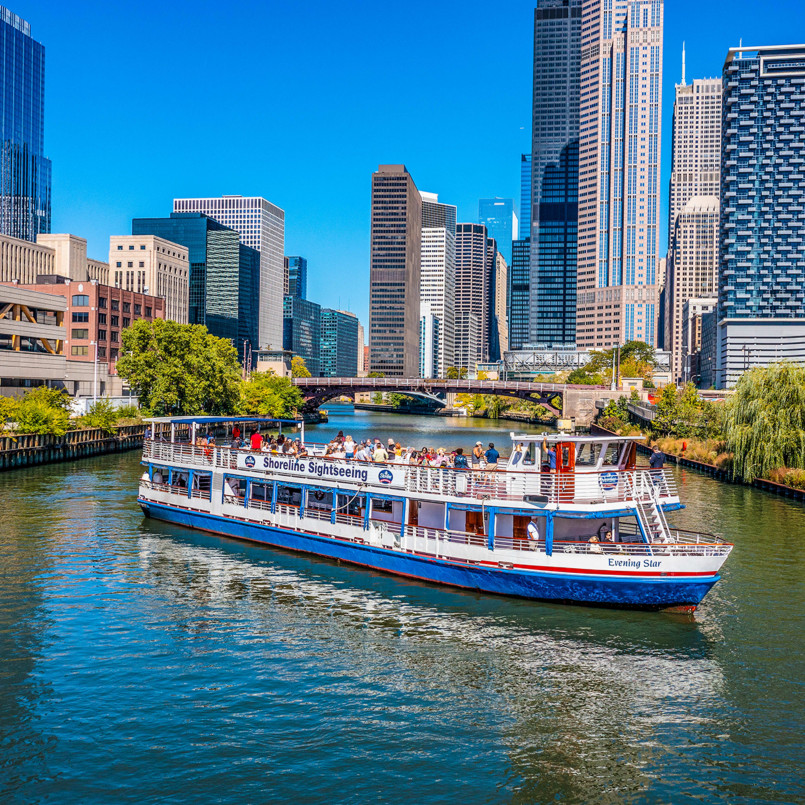
Frank Lloyd Wright's influence is evident throughout the city and nearby Oak Park, where his home and studio demonstrate his Prairie School style. Chicago's Millennium Park features Anish Kapoor's reflective Cloud Gate sculpture (known as "The Bean") and the innovative Pritzker Pavilion designed by Frank Gehry.
New York City: Architectural Melting Pot
New York City's skyline is instantly recognizable worldwide, featuring iconic structures from various eras. The Art Deco masterpieces of the Chrysler Building and Empire State Building stand alongside modern marvels like One World Trade Center.
The city's architectural diversity extends to the Beaux-Arts Grand Central Terminal, the Gothic Revival St. Patrick's Cathedral, and the modernist Seagram Building by Mies van der Rohe. Recent additions like the High Line, an elevated park built on a former railway line, demonstrate innovative urban repurposing.
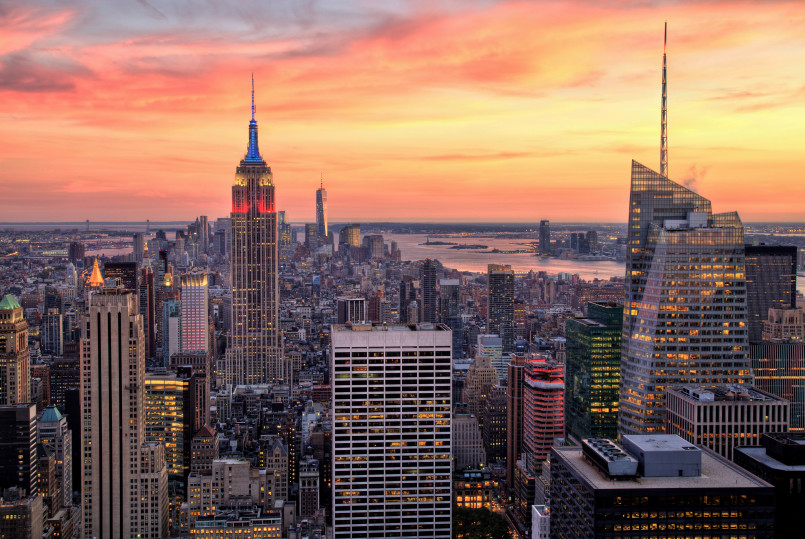
The residential architecture is equally diverse, from Brooklyn's brownstones to Manhattan's luxury apartment towers. Frank Lloyd Wright's spiral-shaped Guggenheim Museum remains one of the city's most distinctive buildings, challenging conventional museum design since its completion in 1959.
Miami: Art Deco Paradise
Miami's South Beach contains the world's largest concentration of Art Deco architecture, with over 800 preserved buildings from the 1920s and 1930s. This distinctive style, featuring pastel colors, bold geometric patterns, and nautical elements, has become synonymous with Miami's identity.
Beyond Art Deco, Miami embraces architectural innovation with buildings like the Herzog & de Meuron-designed Pérez Art Museum and the undulating Faena Forum by Rem Koolhaas. The Wynwood Walls district has transformed industrial buildings into canvases for street art, creating a unique architectural-artistic fusion.
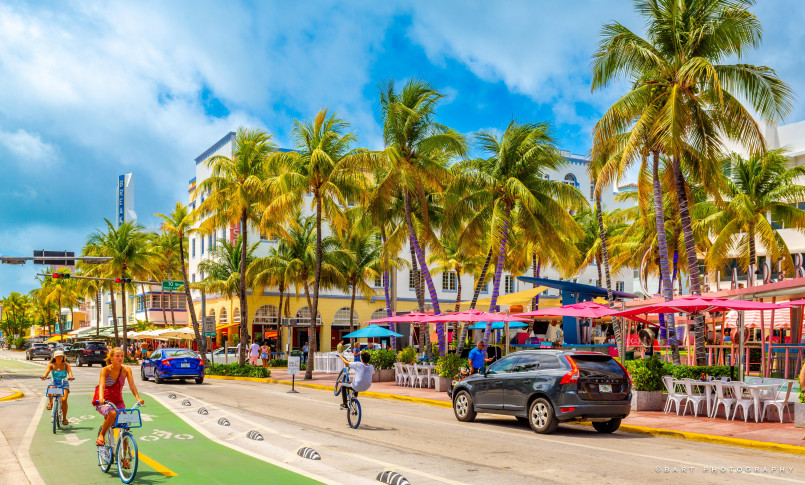
The city's tropical climate influences its architecture, with many buildings featuring shaded walkways, breezeways, and indoor-outdoor spaces. Miami's skyline continues to evolve with distinctive residential towers like the twisted Brickell Flatiron and the palm tree-inspired One Thousand Museum designed by Zaha Hadid.
Boston: Historic Meets Modern
Boston successfully blends Colonial-era architecture with bold contemporary design. The Freedom Trail connects historic structures like Faneuil Hall (1741) and the Old State House (1713), providing a timeline of American architectural development.
The city's academic institutions showcase architectural diversity: Harvard's traditional red brick buildings contrast with MIT's boundary-pushing designs like the Frank Gehry-designed Stata Center with its seemingly impossible angles. Boston's Back Bay neighborhood features well-preserved Victorian brownstones that create one of America's most elegant urban landscapes.
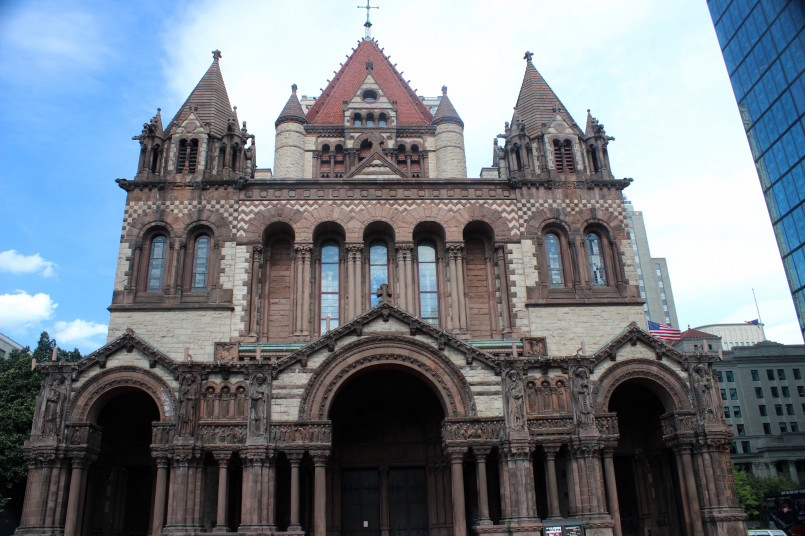
The juxtaposition of H.H. Richardson's Romanesque Trinity Church against the modernist John Hancock Tower (now 200 Clarendon) in Copley Square exemplifies Boston's architectural contrasts. The city continues embracing innovative design with projects like the undulating Institute of Contemporary Art building cantilevered over the harbor.
San Francisco: Victorian Elegance
San Francisco is renowned for its Victorian and Edwardian homes, particularly the "Painted Ladies" - colorfully painted houses in various historical styles. These architectural treasures survived the 1906 earthquake and fire that destroyed much of the city.
The city's dramatic topography has inspired unique architectural solutions, including the zigzagging Lombard Street and homes built on seemingly impossible hillsides. The Golden Gate Bridge, though not a building, remains an architectural and engineering icon that defines the city.
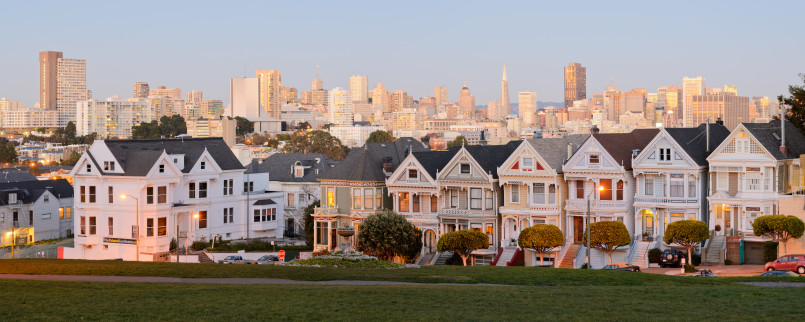
Modern additions to San Francisco's architectural landscape include the sculptural de Young Museum by Herzog & de Meuron and Daniel Libeskind's contemporary addition to the Contemporary Jewish Museum. The Transamerica Pyramid's distinctive silhouette has been joined by the twisting Salesforce Tower as defining elements of the skyline.
Savannah: Southern Architectural Charm
Savannah boasts one of America's largest National Historic Landmark Districts, with more than 1,100 historically and architecturally significant structures. The city's famous grid of streets and squares, designed by founder James Oglethorpe in 1733, creates an unusually walkable urban environment.
The architecture spans Federal, Georgian, Gothic Revival, Greek Revival, Italianate, and Victorian styles. The Owens-Thomas House exemplifies English Regency architecture, while the Mercer Williams House (featured in "Midnight in the Garden of Good and Evil") showcases Italianate splendor.
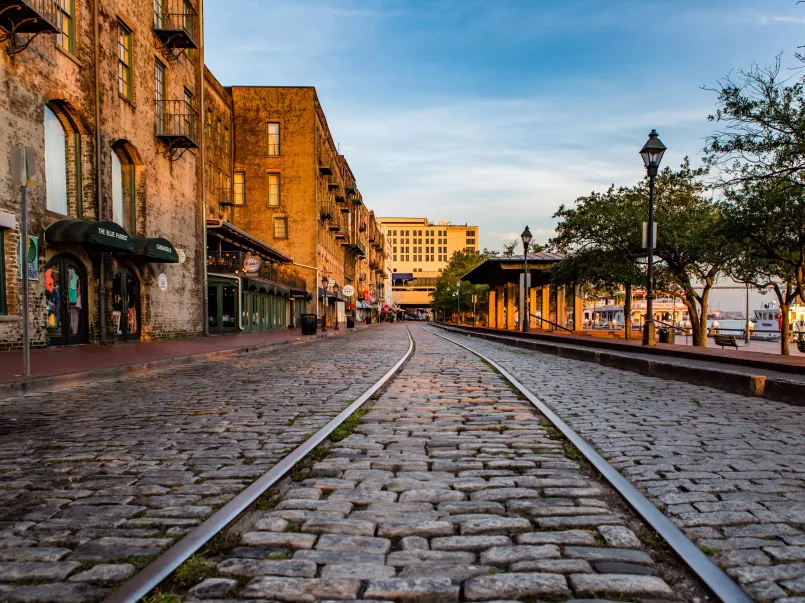
Savannah's riverfront features repurposed cotton warehouses converted into shops, restaurants, and hotels. The city's architectural preservation ethos has maintained its historic charm while allowing for sensitive adaptive reuse, making it a living museum of American architectural history.
Seattle: Futuristic Innovation
Seattle's skyline is dominated by the Space Needle, built for the 1962 World's Fair and embodying mid-century optimism about the future. This iconic structure, with its recent glass floor renovation, remains the city's architectural symbol.
The city embraces architectural experimentation with buildings like the Frank Gehry-designed Museum of Pop Culture (formerly EMP Museum) with its undulating metal forms inspired by electric guitars. The Seattle Central Library by Rem Koolhaas and Joshua Prince-Ramus features a distinctive diamond-shaped glass and steel grid exterior and innovative interior spatial organization.
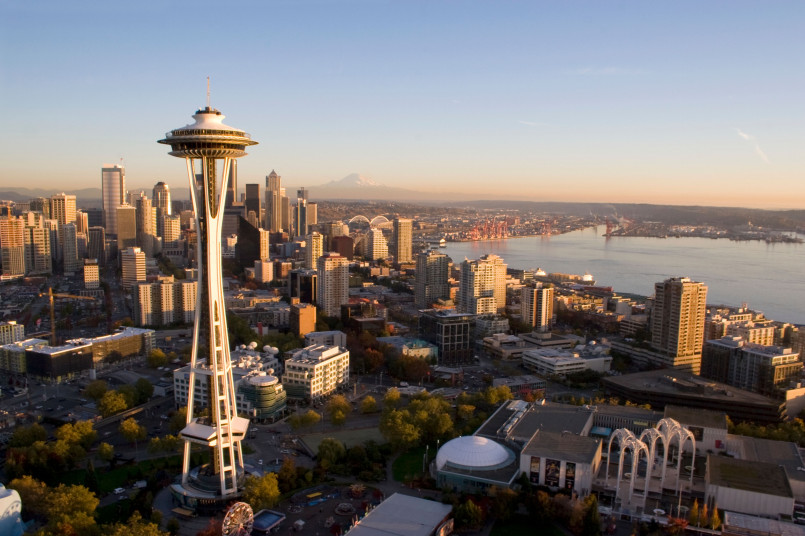
Amazon's spherical conservatories downtown and the sculptural Olympic Sculpture Park demonstrate Seattle's commitment to integrating nature with urban design. The historic Pioneer Square district preserves the city's Romanesque Revival buildings, while modern residential towers continue to reshape the skyline.
Philadelphia: Colonial Craftsmanship
Philadelphia contains an extraordinary collection of Colonial and Federal-period architecture, including Independence Hall where both the Declaration of Independence and Constitution were debated and signed. The city's grid pattern, established by William Penn in 1682, was revolutionary for its time.
The city showcases architectural diversity through buildings like the ornate Victorian Philadelphia City Hall with its massive statue of William Penn, and the Greek Revival Second Bank of the United States. Society Hill features one of America's largest concentrations of original 18th and early 19th-century residential architecture.
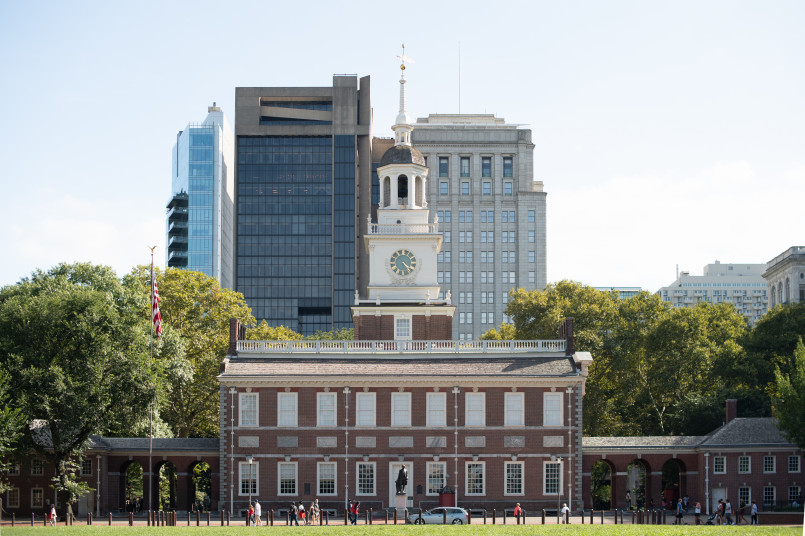
Modern additions include Louis Kahn's masterful Richards Medical Research Laboratories at the University of Pennsylvania and the Barnes Foundation building by Tod Williams and Billie Tsien. The city's tradition of architectural excellence continues with Comcast Technology Center, a Norman Foster-designed skyscraper that became Pennsylvania's tallest building.
Santa Fe: Adobe Wonderland
Santa Fe embraces a distinctive Pueblo Revival style mandated by a 1957 ordinance requiring buildings in certain areas to follow traditional adobe aesthetics. This has created an extraordinarily cohesive cityscape of earth-toned structures with rounded corners, exposed vigas (wooden beams), and flat roofs.
The historic Plaza area features the Palace of the Governors, built in 1610 and considered the oldest continuously occupied public building in the United States. The Santa Fe Opera House demonstrates how contemporary architecture can harmonize with regional traditions through its dramatic open-air design that frames sunset views.
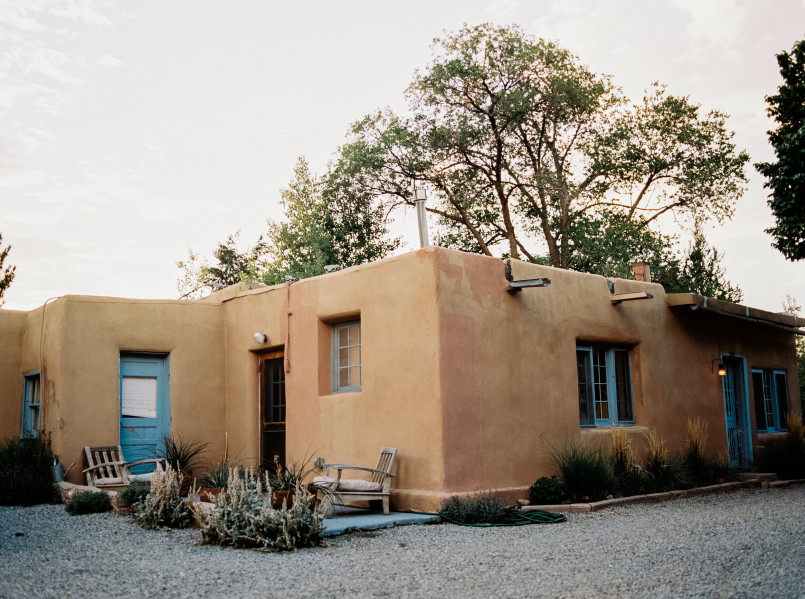
The city's architectural cohesiveness extends to churches like the Cathedral Basilica of St. Francis of Assisi and the spiral staircase of Loretto Chapel. Santa Fe shows how strict architectural guidelines can create a distinctive sense of place that honors cultural heritage while accommodating modern needs.
Columbus, Indiana: Unexpected Design Mecca
Columbus, a small Midwestern city of about 50,000 residents, contains an extraordinary collection of modern architecture thanks to industrialist J. Irwin Miller. Beginning in the 1940s, his Cummins Foundation paid architectural fees for public buildings if the community selected renowned architects.
This visionary program has resulted in more than 70 buildings and public artworks by architectural stars including Eero Saarinen, I.M. Pei, Robert Venturi, César Pelli, and Richard Meier. Highlights include Eliel Saarinen's First Christian Church with its distinctive rectangular tower and Eero Saarinen's Miller House with its innovative open plan and conversation pit.
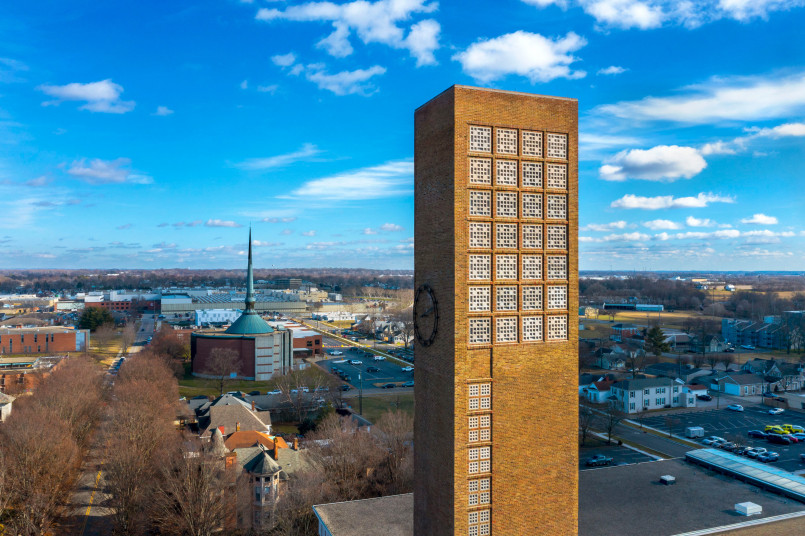
The city's architectural diversity extends to Kevin Roche's pyramidal Cummins Inc. Corporate Office Building and the whimsical Chaos I kinetic sculpture by Jean Tinguely in The Commons. Columbus demonstrates how thoughtful architectural patronage can transform a small city into an internationally recognized design destination.
Frequently Asked Questions About 10 American Cities With Breathtaking Architectural Masterpieces
Which American city is considered the birthplace of skyscrapers?
Chicago is widely recognized as the birthplace of the modern skyscraper. Following the Great Chicago Fire of 1871, the city pioneered steel-frame construction techniques that made tall buildings possible. The Home Insurance Building, constructed in 1885, is often cited as the world's first modern skyscraper, establishing Chicago as a center for architectural innovation.
What makes Miami's architecture unique?
Miami's architecture is unique primarily because of its South Beach Art Deco District, which contains the world's largest concentration of Art Deco buildings (over 800). These structures feature distinctive elements like pastel colors, geometric patterns, and nautical motifs. Miami's architecture is also influenced by its tropical climate, incorporating features like breezeways and shaded areas, and by its Latin American connections, resulting in a vibrant architectural identity unlike any other American city.
Why is Columbus, Indiana significant architecturally?
Columbus, Indiana is an unexpected architectural mecca because of the Cummins Foundation's program, started by industrialist J. Irwin Miller in the 1940s, which paid architectural fees for public buildings if renowned architects were selected. This initiative has resulted in over 70 buildings by architectural stars including Eero and Eliel Saarinen, I.M. Pei, and Richard Meier, transforming this small Midwestern city into a world-class destination for architecture enthusiasts.
What architectural style is Santa Fe known for?
Santa Fe is known for its distinctive Pueblo Revival style, characterized by adobe (or adobe-like) construction with rounded corners, flat roofs, projecting wooden beams (vigas), and earth-toned colors. This cohesive architectural identity is maintained through city ordinances requiring buildings in certain areas to follow these traditional aesthetics, creating a harmonious cityscape that honors the region's Native American and Spanish colonial heritage.
When is the best time to visit these cities for architectural tours?
Spring (April-May) and fall (September-October) are generally ideal for architectural tourism in most of these cities, offering pleasant temperatures for walking tours. Summer can be uncomfortable in cities like Miami and Savannah due to heat and humidity, while winter may limit enjoyment in Chicago and Boston. Many cities offer specialized architectural boat tours (Chicago), bus tours (Columbus), or walking tours that operate primarily during warmer months, so check availability before planning your trip.
Are there architectural features unique to American cities?
Several architectural features are particularly associated with American cities, including the grid layout of streets (pioneered in Philadelphia), the development of skyscrapers (Chicago and New York), distinctive regional styles like Santa Fe's Pueblo Revival, and the widespread use of wood-frame construction in residential architecture. American cities also often feature a characteristic mix of preservation and innovation, with historic districts alongside cutting-edge contemporary designs, reflecting the nation's relatively young but dynamic architectural history.
